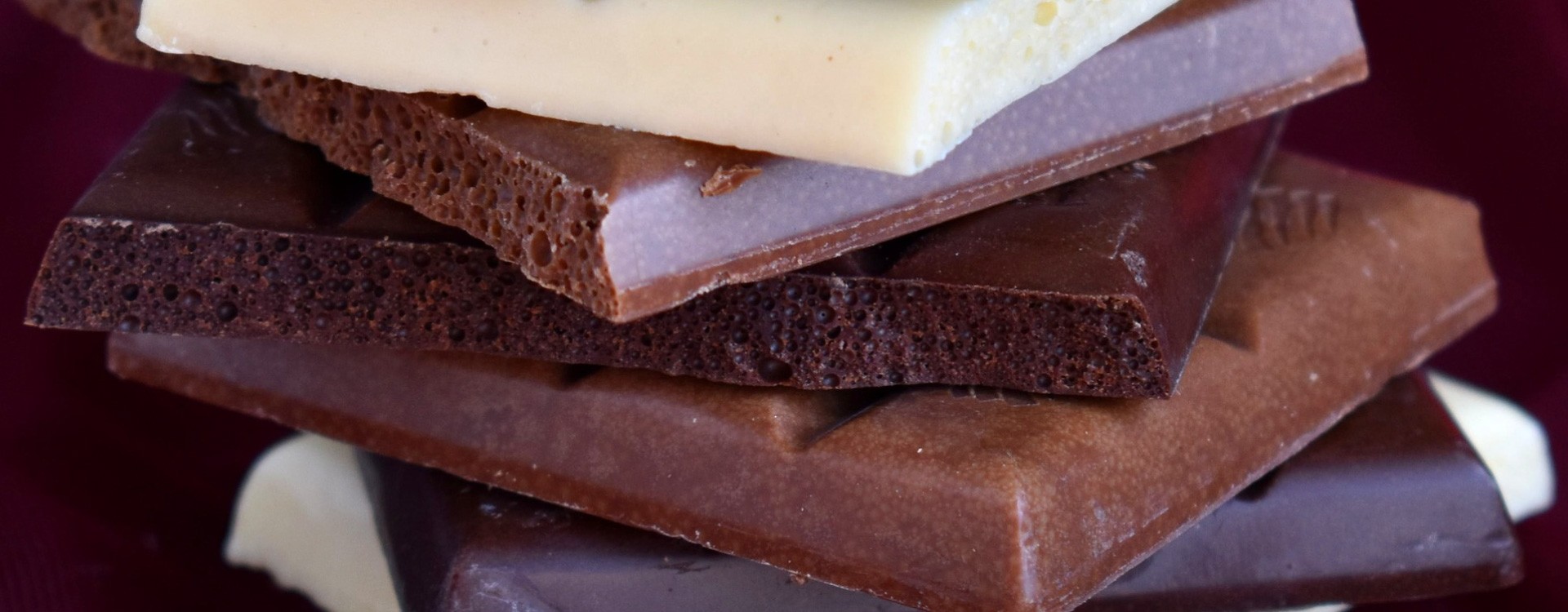
What is a good chocolate
Let’s start what I mean by quality chocolate. It will probably be one that is made from quality cocoa beans as a primary raw material and from quality secondary raw materials such as milk powder, sugar or vanilla.
It will also be the production process itself – fermentation of beans, their drying and roasting, grinding, etc. In each of these steps, gross mistakes can be made with a fatal impact on the resulting chocolate. If all requisities are fulfilled, we have quality chocolate in front of us.
However, as I write in many other places on the blog, mass-produced chocolates cannot, in principle, contain quality cocoa beans, so for quality we must go to premium brands or selected editions. And we won’t fit in there with 1 dollar or 1 euro.
Chocolate composition
HOWEVER! There’s one more thing to it, and that’s composition. When I look at common chocolate division in a common supermarket, I see big differences in the composition of individual chocolate bars and products.
And it should be quite simple – chocolate consists of cocoa mass, sugar and cocoa butter. Soy lecithin is commonly added as an emulsifier for better fusion of residual water in the cocoa mass and fat in the cocoa butter, but it is present in negligible amounts.
We can encounter vanilla aroma, but again in minimal quantities. Now I omit nuts, raisins, herbs and other unusual flavors, let’s consider pure chocolate ingredients. So it always amazes me when I come across cocoa powder and milk fat in the composition of dark chocolate! In other words, cocoa powder was created by pressing out expensive cocoa butter and it was replaced by cheaper milk fat. That is not very fair from the producers. They want to meet the demand with a cheap chocolate, but spoil the product as a whole.
Honest chocolate
That is why I am grateful for every chocolate, which does not boast a premium cocoa variety, but at least adheres to the classic composition and does not deceive the consumer with cheaper substitutes.
I would call every such chocolate HONEST. And such we can get for a dollar! Again – it will not be a miracle, we will certainly not recognize floral aromas, it will be a product of cheap cocoa, but at least only of cocoa and some extra sugar. Such chocolate can be used for cooking, toppings and in general anywhere where the quality of the chocolate itself may not stand out, but we still want to work with cocoa raw materials.
Since cocoa is more expensive than sugar, we can’t expect too much cocoa, so be careful not to just buy flavored sugar. Let the chocolate have at least 50% cocoa. The order of raw materials stated on the package is a good guide for the composition. Legislation usually requires that raw materials were sorted according to their content in the product, so if cocoa mass comes before sugar, it is definitely better than the other way around.
Milk and white chocolates
So it was dark chocolate up to one dollar. And these are the chocolates with the highest portion of cocoa. In the case of milk chocolates, the portion of cocoa mass often decreases rapidly, and in principle they also contain milk powder, which is not a valuable commodity. In general, they are much sweeter, so we pay mainly for sugar. Producers strictly adhere to the legal limits on the minimum amount of cocoa that must be met in order for a product to still be declared as chocolate and they do not add a single percentage more.
Cheap white chocolates are probably the worst in this respect, as white chocolate should contain mainly cocoa butter, which is the most valuable cocoa raw material, and then powdered milk and sugar. The order of ingredients declared on the packaging is quite the opposite for most sold white chocolates. In supermarket, I would rather avoid them completely, unless you just have a craving for milk with sugar.
So back to the title – Can chocolate be good for a dollar?
Good quality, premium cocoa varieties are too expensive for that, but honest chocolate, yes. If we already buy cheap chocolate, at least it’s a chocolate. Always look at the composition and order of the ingredients.